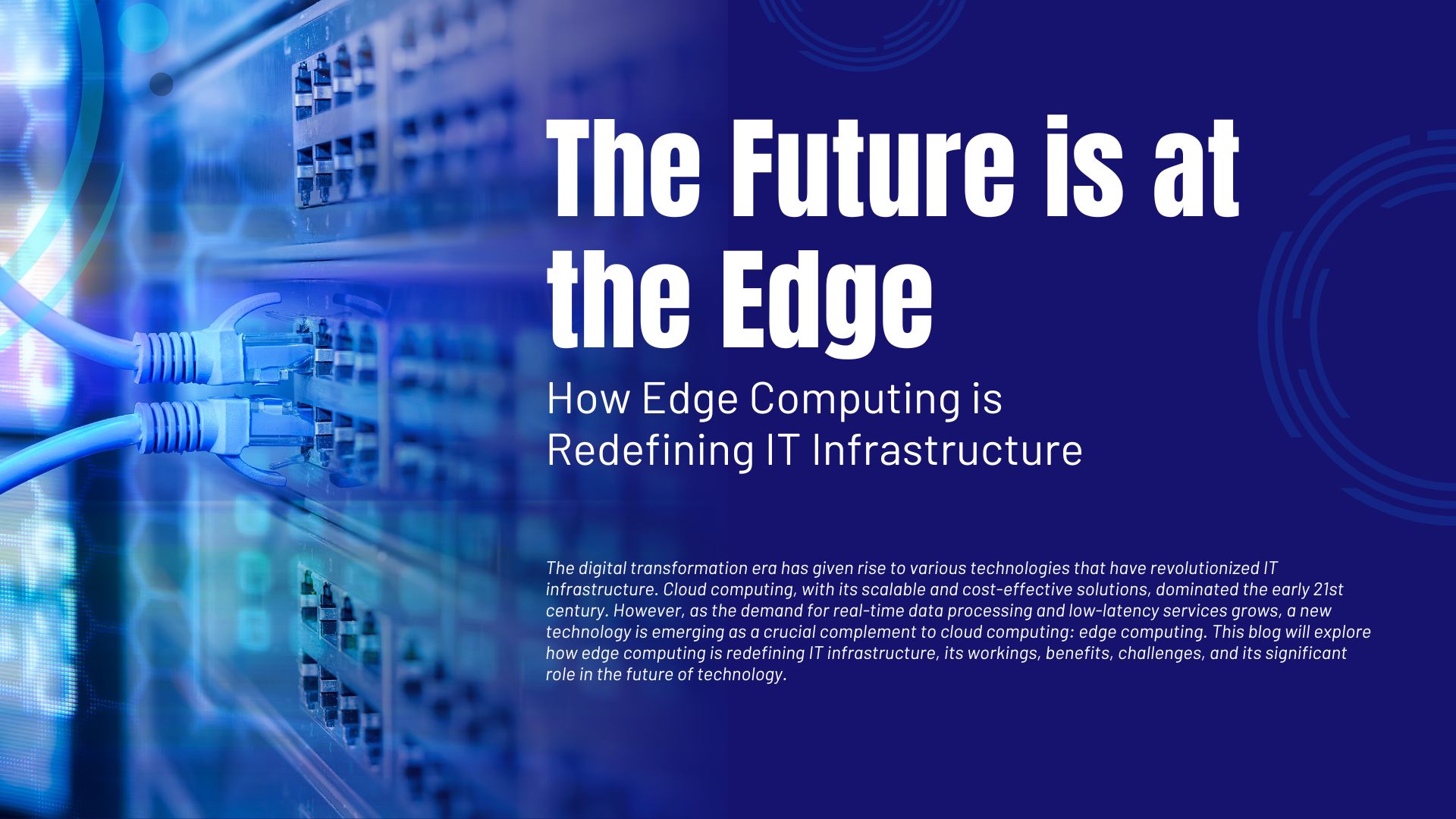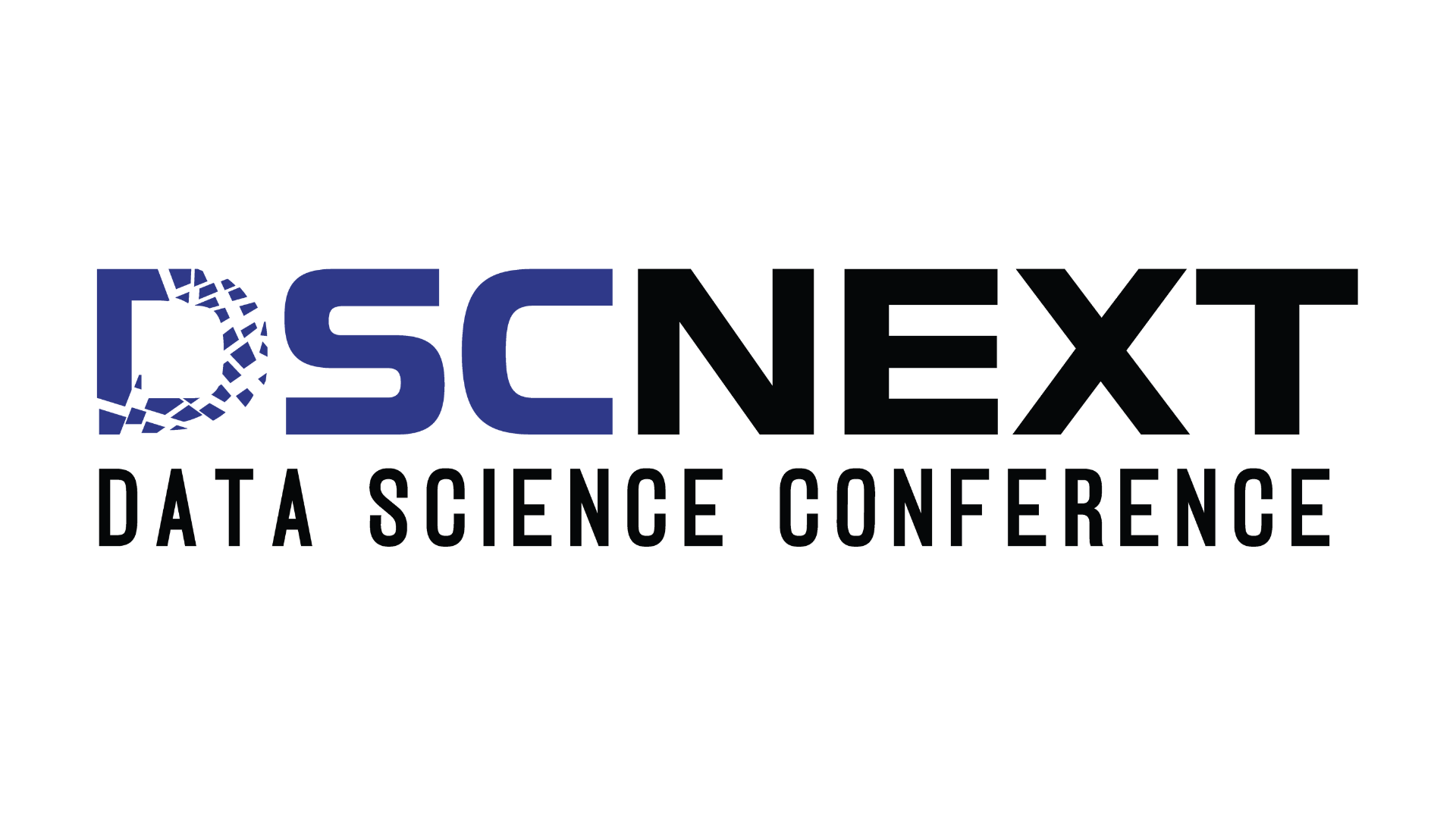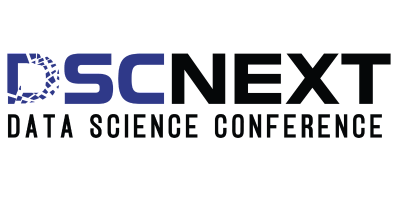
The digital transformation era has given rise to various technologies that have revolutionized IT infrastructure. Cloud computing, with its scalable and cost-effective solutions, dominated the early 21st century.
However, as the demand for real-time data processing and low-latency services grows, a new technology is emerging as a crucial complement to cloud computing: edge computing. This blog will explore how edge computing is redefining IT infrastructure, its workings, benefits, challenges, and its significant role in the future of technology.
What is Edge Computing?
Edge computing is a distributed computing paradigm that brings computation and data storage closer to the location where it is needed, improving response times and saving bandwidth, instead of relying on centralized data centres far from the user, edge computing processes data at the edge of the network, near the source of the data.
This proximity allows for real-time data processing, making edge computing ideal for applications requiring immediate response, such as autonomous vehicles, smart cities, and industrial automation.
How Edge Computing Works
Edge computing works by deploying small data centres or edge devices at the edge of the network, closer to the end-users or data sources. These edge nodes can process data locally or send it to a central data centre for further processing, depending on the requirements. The architecture typically involves the following components:
1. Edge Devices: These are the IoT devices, sensors, or other hardware that generate data at the edge of the network.
2. Edge Servers: Located close to the edge devices, these servers process the data locally and make real-time decisions or filter data before sending it to the cloud.
3. Network Infrastructure: This connects edge devices and servers to each other and to the central cloud, enabling data exchange and further processing if necessary.
4. Cloud: While edge computing operates independently, the cloud serves as a centralized hub for data storage, analytics, and long-term processing.
This architecture minimizes latency and reduces the amount of data that needs to be transmitted to and from the cloud, improving efficiency and enabling new use cases.
How is Edge Computing Different from Cloud Computing?
While edge computing and cloud computing are closely related, they serve different purposes:
– Location: Cloud computing centralizes data processing in large, remote data centres, while edge computing brings computation closer to the data source.
– Latency: Edge computing offers lower latency as data doesn’t have to travel to a distant data centre for processing, making it ideal for time-sensitive applications.
– Bandwidth Usage: By processing data locally, edge computing reduces the amount of data that needs to be transmitted to the cloud, saving bandwidth.
– Scalability: Cloud computing offers virtually unlimited scalability, while edge computing is more constrained by physical limitations at the edge.
In essence, cloud computing excels at providing centralized, scalable resources for storage and large-scale processing, while edge computing is designed for real-time, localized data processing.
Benefits of Edge Computing
Edge computing offers several key benefits, including:
1. Reduced Latency: By processing data locally, edge computing significantly reduces the time it takes for data to travel, leading to faster response times.
2. Improved Bandwidth Efficiency: Local data processing reduces the need to transmit large amounts of data to and from the cloud, saving bandwidth and reducing costs.
3. Enhanced Security: Data processed at the edge can be kept more secure as it does not need to travel across multiple networks to reach a central data centre.
4. Scalability of IoT: As IoT devices proliferate, edge computing provides the necessary infrastructure to handle vast amounts of data generated at the edge without overwhelming the cloud.
5. Reliability: Edge computing can continue to function independently, even when the connection to the cloud is lost, ensuring uninterrupted operations.
Challenges of Edge Computing
Despite its benefits, edge computing presents several challenges:
1. Complexity: Managing a distributed network of edge devices and servers adds complexity to IT infrastructure.
2. Security Risks: While data may be more secure at the edge, edge devices themselves can be vulnerable to physical and cyber-attacks.
3. Interoperability: Integrating edge computing with existing cloud infrastructure and various hardware devices can be challenging.
4. Cost: Initial deployment of edge infrastructure can be expensive, especially for small and medium-sized enterprises.
5. Data Governance: With data processed locally, ensuring compliance with data governance and privacy regulations can be difficult.
Real-Life Examples of Companies Offering and Using Edge Computing
Companies Offering Edge Computing Solutions:
1. Amazon Web Services (AWS): AWS offers a range of edge computing solutions, including AWS Greengrass, which extends cloud capabilities to local devices.
2. Microsoft Azure: Azure IoT Edge allows users to run cloud workloads locally on IoT devices, bringing cloud services to the edge.
3. Cisco: Cisco’s Edge Intelligence platform provides a secure, scalable solution for data processing at the edge, targeting industrial and enterprise use cases.
4. Google Cloud: Google offers Anthos, which extends its Kubernetes-based platform to edge locations, enabling consistent operations across the cloud and edge.
5. HPE (Hewlett Packard Enterprise): HPE’s Edgeline Converged Edge Systems provide robust computing at the edge for industries like manufacturing and healthcare.
Companies Using Edge Computing:
1. Tesla: Tesla uses edge computing in its autonomous vehicles to process data from sensors and cameras in real-time, enabling quick decision-making on the road.
2. GE (General Electric): GE employs edge computing in its industrial IoT solutions to monitor and optimize equipment performance in real-time.
3. Verizon: Verizon leverages edge computing in its 5G network to deliver low-latency services such as augmented reality and real-time video analytics.
4. BMW: BMW integrates edge computing into its manufacturing processes, improving production efficiency through real-time data analysis.
5. Siemens: Siemens uses edge computing in its smart factory solutions, enabling real-time monitoring and control of manufacturing processes.
Future Innovations Expected in Edge Computing
As edge computing continues to evolve, several innovations are expected to shape its future:
1. AI at the Edge: The integration of artificial intelligence with edge computing will enable devices to perform complex data analysis and decision-making locally.
2. 5G and Edge Computing Synergy: The rollout of 5G networks will enhance edge computing by providing ultra-low latency and high-speed connectivity, unlocking new possibilities in industries like autonomous vehicles and smart cities.
3. Serverless Edge Computing: The concept of serverless computing, where developers deploy code without managing servers, is expected to extend to the edge, simplifying deployment and scaling.
4. Edge-to-Cloud Continuum: Future architectures will likely blur the lines between edge and cloud computing, creating a seamless continuum where workloads can move dynamically between the edge and the cloud based on real-time needs.
5. Increased Adoption in Healthcare: Edge computing will play a crucial role in healthcare, enabling real-time patient monitoring, remote surgeries, and advanced diagnostics.
Edge computing is poised to become a cornerstone of modern IT infrastructure, complementing cloud computing by addressing the need for real-time data processing and low-latency services. As industries continue to adopt and innovate with edge computing, we can expect to see significant advancements that will further reshape how businesses operate and deliver services.
While challenges remain, the benefits of edge computing are undeniable, making it an essential component of the digital future. This blog has explored the fundamentals of edge computing, its benefits, challenges, and the companies leading the charge in this space. As edge computing continues to evolve, staying informed about its developments will be crucial for businesses looking to remain competitive in the rapidly changing technology landscape.
Companies that invest in data science will be better positioned to navigate the complexities of the modern world, make informed decisions, and achieve long-term success. Embark on a groundbreaking journey at the inaugural Data Science Next Conference May 7-9 2025, in Amsterdam by NBM, where pioneers and visionaries will gather to chart new territories in data science.
As a debut event, this conference offers an unparalleled opportunity to be among the first to explore fresh perspectives, engage with cutting-edge methodologies, and contribute to shaping the future of the field. Designed for those eager to push boundaries and spark innovation, this event promises to ignite your curiosity and provide the foundational insights needed to navigate the evolving landscape of data science. Join us as we set the stage for the next era of data-driven innovation.


